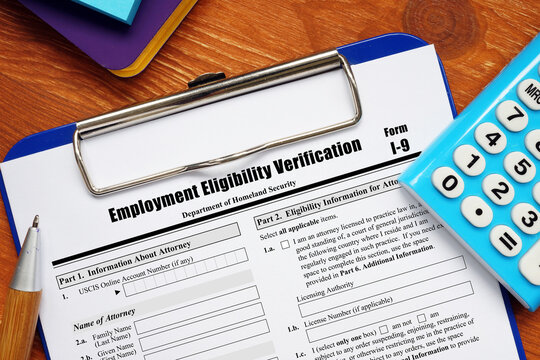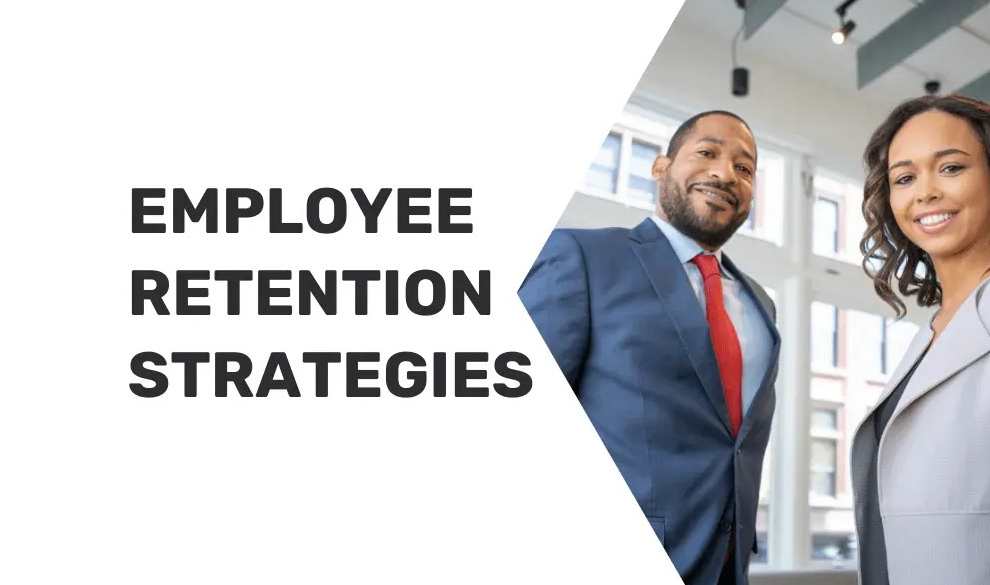So you have landed an interview for a job you want. You have taken the time to dress to impress and are wondering how to best prepare for the interview. We hope that this blog post will help you to land the job! Here are 10 things to never say during a job interview:
Sorry, I’m late.
You should always attempt to be on time for an interview. A good idea is to drive the route to the location beforehand to be sure to familiarise yourself with the route and traffic pattern. Hiring Managers are often booked up and we should always respect their time. You should try to arrive 30 minutes early; however, do not walk into the office until 5 minutes to the time of your scheduled interview. We recommend 5 minutes because walking in 15 minutes early tends to stress out your interviewer as they may be wrapping up a meeting or project and may feel stressed to rush to start the interview early. This may require you having to wait in the car or at a coffee shop but it is worth it to be on time!
What does your company do?
In the age of the internet and social media, there should be no reason for you to not know what the company does. Familiarize yourself with their mission, vision, and values, and think about challenges they may currently be facing and how you can add value to the company. There might be a circumstance where you have searched but were unable to find adequate information on the company. In that case, you may inform the interviewer about what you were able to find out and that you were hoping to hear more on a particular aspect of the company.
What is the pay-rate?
We always recommend companies include the pay rate in the job advertisement. However, if the information is not in the ad you should wait until an offer is made before talking about money. It is the job of the Recruiter or Hiring Manager to find out what your desired pay-rate is before the interview, so hopefully, an adequate offer is made. At any rate, an interview is to ensure that you are a great fit for the company culture. It is not an offer of employment.
How much vacation time do I get?
This is similar to the question about pay. You should wait until an offer is made to discuss paid time off. You can always counteroffer for the PTO that is right for you. We also recommend waiting until an offer is made before discussing time off. This tends to give a negative impression to employers.
My last boss was horrible!
No matter what your work experience might have been, it is important to always keep your responses on the positive side. You are potentially moving on to a much better work environment and you do not want to ruin your chances by complaining. Most Recruiters and Hiring Managers know that there are always two sides to a story and without fully knowing you, they may worry that you were the problem. It is a good rule to not speak negatively about someone who is not in the room.
I’m working out childcare.
Your childcare status is personal information to you. This statement can be a turn-off and label you as potentially unprepared and unreliable. Remember, an interview does not mean that you will get an offer. Keep it professional rather than personal and make arrangements as needed on your own. The burden on childcare is not on your employer, so it is best not to share that information.
It’s on my resume.” or “Did you read my resume?
Hiring Managers rarely have the time to comb through your entire resume; if you are asked a question and respond by saying that the information is on your resume, it comes across as rude or defensive. Go out of your way to answer the questions as if the interviewer does not have your resume in front of them.
I’m working on getting good transportation.
Do not divulge any questionable information to the interviewer that may put you in a negative light. If you do not have reliable transportation, try your best to work that out between the interview and a potential offer. Even if you have hitched a ride with a friend to make it to the interview and need to ride a bicycle to make it to work, that information is yours. If you need to use your vehicle as a part of your job function, then you can discuss this at the time of offer. An interview is simply a time for you and the interviewer to get to know each other.
I don’t have any questions.
It’s always a good idea to go to an interview prepared with questions to ask. It shows that you are engaged and interested in knowing more about the position and company. Some good questions to ask are, “what does a typical day look like in this position?” “Is this a new position or are you replacing someone?” and “How do you see this role impacting the overall vision of the company?”
Any swear words!
No matter how comfortable you get in an interview, be sure to not use any obscene language. Your interviewer should use professional language, but even if they do not, be sure to not do as they do. Interviews should be conducted in a manner that is as professional as possible. Bring your A-Game and leave any foul language at home.
We hope that these tips will help you in your next interview! Best wishes!




















